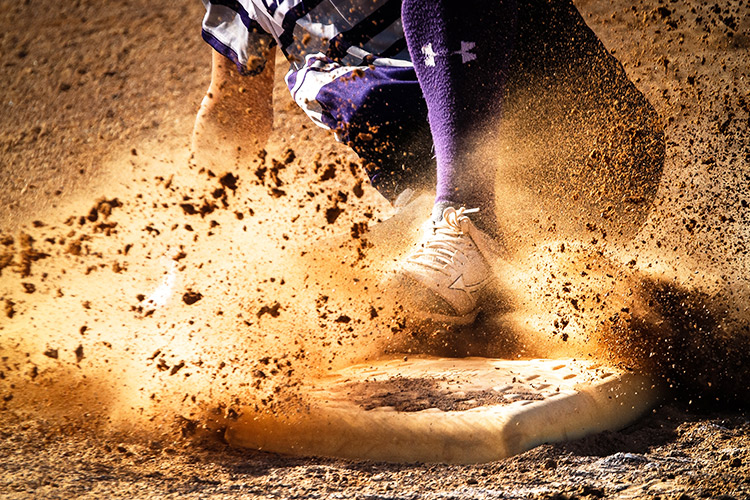Athlete Recovery Over Performance Enhancement?
As the increasing level of competition across all sports creates more physical demands on our elite athletes, the strategic focus of coaches and sports scientists is turning to athlete recovery over performance enhancement. In the English Premier League, for example, players can play up to 10 games in 25 days. The opportunity for performance enhancement within those dense periods of competition is clearly very limited, with practitioners often fighting a losing battle to keep their players fresh. This has led to an explosion of technology that purports to enhance athlete recovery. Due to the desperation of clubs to get their best assets back on the field or court, clubs are often willing to invest huge sums of money in this technology. Cryotherapy, ultrasound, and compression devices have become the norm in elite clubs, often without peer-reviewed research to back up their claims of success.

Prevent Injuries. Plan For Recovery.
When it comes to athlete recovery, every athlete will respond slightly differently to every method. This has led to a wide variety of tools and techniques that an athlete can employ to aid in their recovery protocol. But how do practitioners know exactly when an athlete has recovered and how does that differ across a team? Wearable technologies such as inertial measurement units (IMUs) are increasingly being used to answer this question and allow practitioners to more accurately monitor recovery methods.
The Benefits of Periodising Recovery.
Adapting a popular concept from the sports science realm, practitioners in charge of athlete recovery are beginning to utilize periodization in their recovery protocols. For example, in preseason a practitioner may remove long recovery methods from an athlete’s post training routine. This will create acute fatigue in the athlete and, if programmed properly, lead to a supercompensation effect, better preparing them for the season. Practitioners often avoid focusing on recovery during periods of heavy training, fearing it may blunt the desired adaptation. However, during high-density competition periods recovery sessions play an even bigger role in determining the athlete’s readiness than usual.
Athlete recovery when looked at with a wide lens is multifactorial. Nutrition plays a huge part in the recovery process and should not be underestimated. The psychological aspects of recovery may also play a role in the post competition routine of the athlete with activities such as meditation, flotation tanks and yoga becoming increasingly popular.
Turning Theory into Practice
With all these different options when it comes to athlete recovery, it can be difficult to know which method best suits your athletes. So we have listed a number of other resources which may help guide you in choosing the the right recovery method for your athletes.
- Building a university wide database. A case study with Stephen F. Austin University
- How to Integrate New Performance Monitoring Solutions. A case study with Andrew Gray of the Cronulla Sharks
- How IMU Step can Aid Recovery from an ACL Injury

